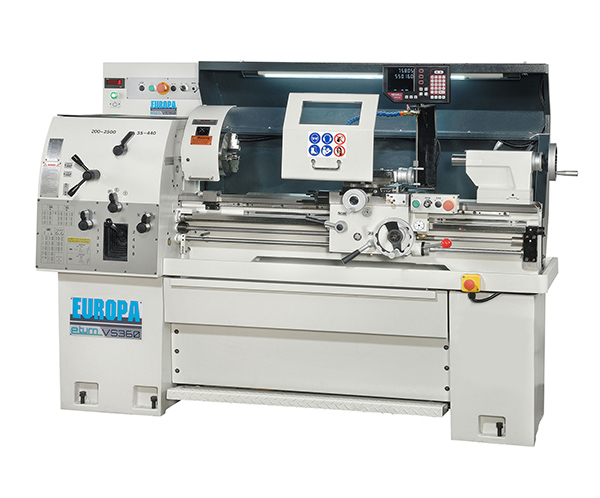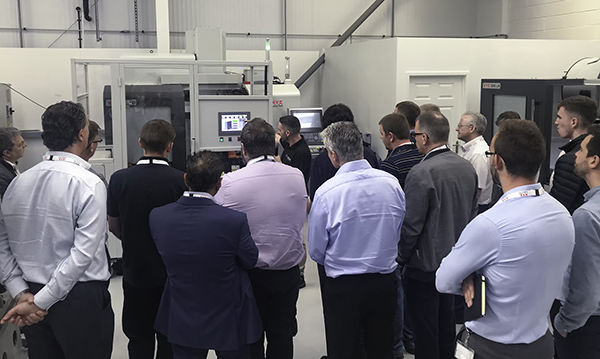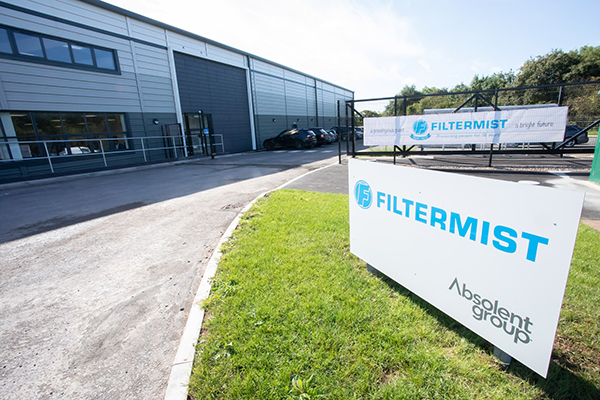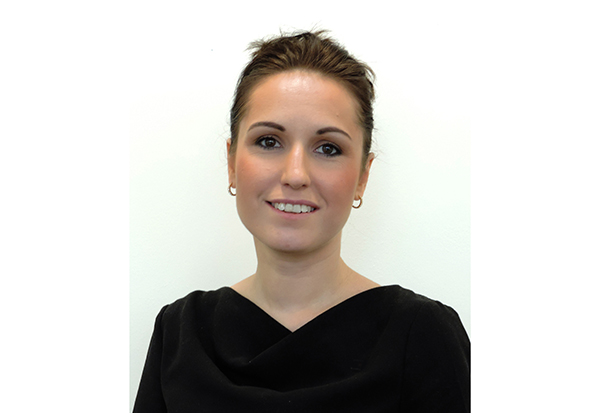Ensuring the performance and accuracy of packaging machinery, particularly bottling plants, is a speciality of Belgium-based Macovak, which manufactures precision parts used to manoeuvre and position bottles during the filling process.

“The format parts in bottling plants ensure extremely accurate positioning of the bottle during filling, labelling and closing of the container,” explains managing director Didier Gillain. “Given the speed at which these machines operate – more than 60,000 bottles per hour – then the importance of accuracy is clear. At these volumes, even the smallest discrepancy in tolerance can deliver a huge price tag in lost production.”
Helping Macovak to achieve its manufacturing needs, the company has invested in machines that provide the cost-effective production of low-volume parts. The most recent machine to arrive is an XYZ Proturn SLX 425 lathe supplied by Crispyn Machines, XYZ Machine Tools’ distributor in Belgium. With just one day of training on the ProtoTRAK control, Macovak’s operators were fully in tune with its operation and had the machine on production work within hours.
“That’s the beauty and simplicity of the ProtoTrak control, and as our business revolves around problem solving for customers, we need to be able to react quickly, but in the knowledge that the parts we machine are right first time to the correct dimensions,” says Gillain.
“I wanted a machine and control that would allow our technicians the opportunity to quickly and easily program the workpieces themselves or, finish them manually on the machine. With the ProtoTRAK control, you don’t need knowledge of G or M codes to be able to create beautiful and complex parts quickly and easily.”
With a wink Didier Gillain confesses, “even I could do it”.
For further information www.xyzmachinetools.com























